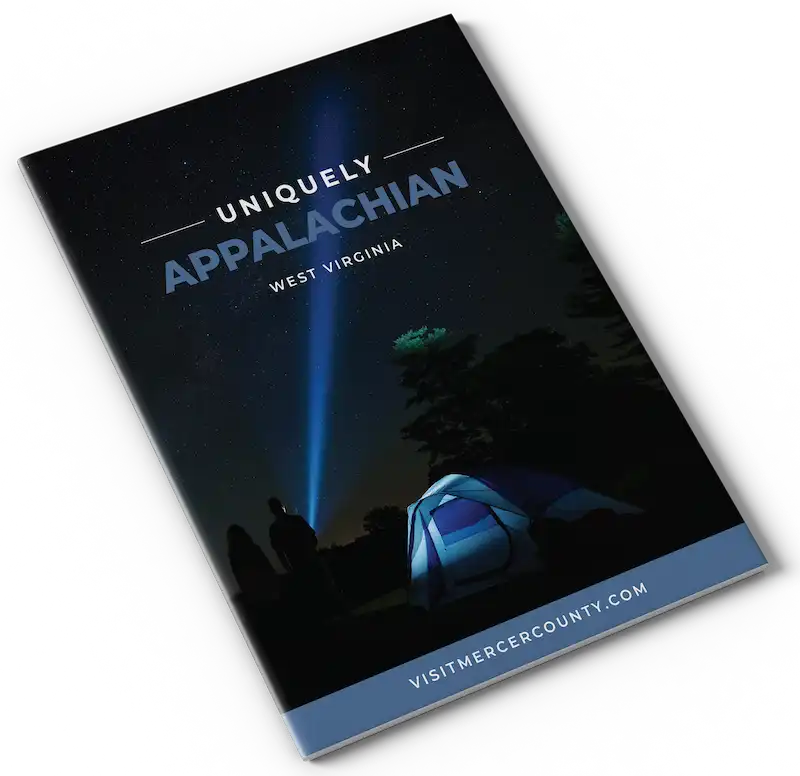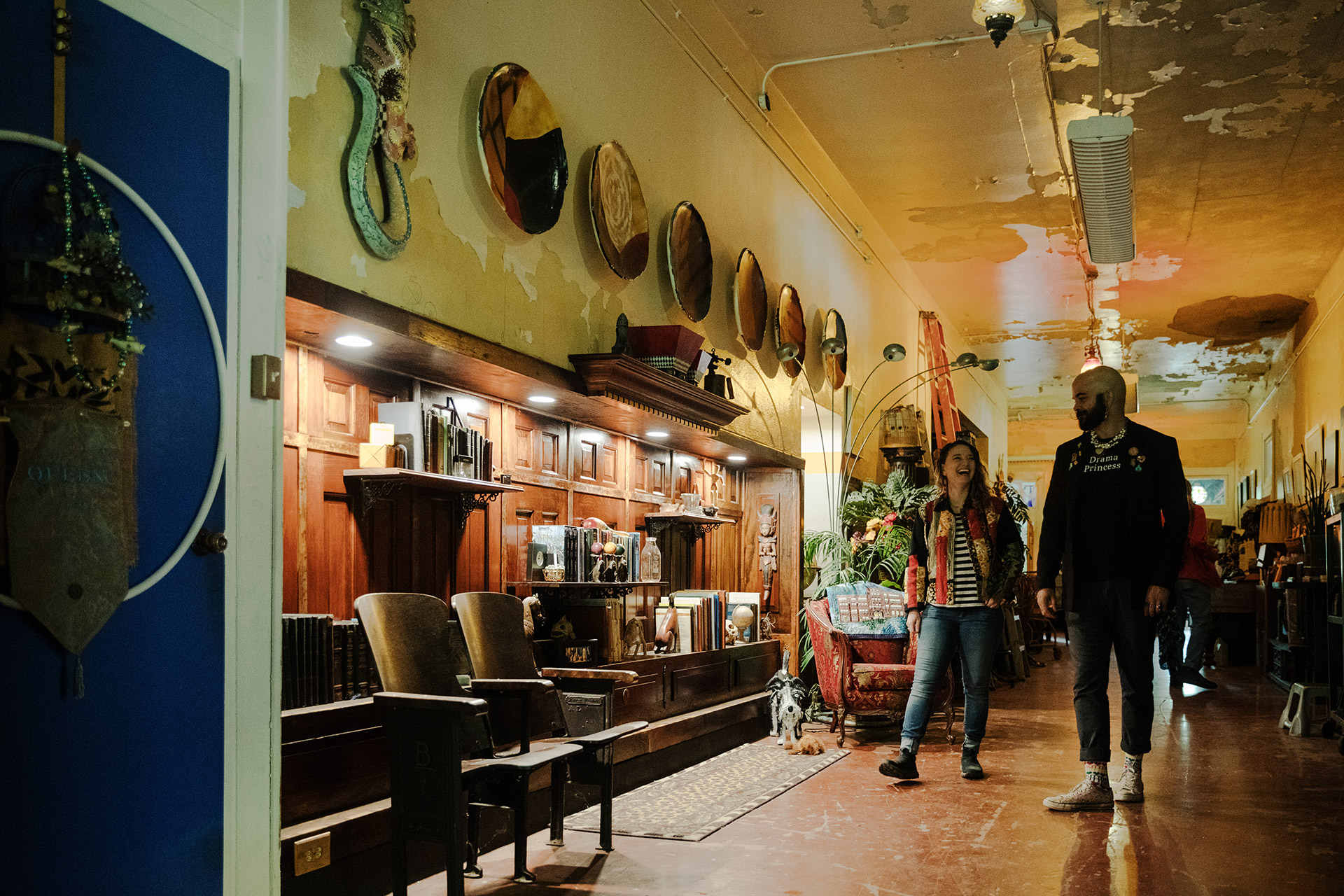Hank Williams’ Mysterious Last Ride Through West Virginia
Last updated: February 14, 2024
As the sun rose on January 1, 1953, Hiram “Hank” Williams’ last ride left behind a trail of unanswered questions, winding through the picturesque landscapes of Appalachia. Mercer County was a poignant backdrop for the final chapters of Williams’ musical journey and life. Today, follow Williams’ last route and take a drive through musical history in Mercer County, winding from Bluefield on U.S. Route 19 past Princeton. Travel past the haunting Lake Shawnee Abandoned Amusement Park, continuing toward Spanishburg to cross the Hank Williams, Sr. Memorial Bridge. This bridge, spanning the Bluestone River, stands as a silent testament to the night Williams crossed it shortly before his death.
The story of Williams’ last ride begins in the quiet hours of December 31, 1952, as the echoes of an iconic country tune fill the air. The journey, marked by both melancholy and mystery, followed stretches of U.S. highways 11 and 19 – from the Alabama foothills into the heart of Appalachia.
Hank Williams, a soulful troubadour from Alabama, penned heartfelt songs about loneliness. In a span of six years, Williams left a lasting mark on the Billboard Top Ten country-western charts, recording 30 hit singles, including seven number-one hits. Unfortunately, his career began to wane in 1952, as personal struggles and health issues cast shadows over the once-bright trajectory of Williams’ musical journey.
In an effort to revive his stalled career, he left his mother’s boarding house in Montgomery, Alabama, on December 30 for four holiday concerts. Charles Carr, the 18-year-old son of a taxi service owner and an acquaintance of Williams, drove the singer’s 1952 Cadillac convertible. The duo faced challenging weather conditions as they left Alabama, with snow and ice complicating their path. They spent the night at a hotel near Birmingham and got an early start on New Year’s Eve as the weather continued to worsen.
It was snowing by the time they reached Chattanooga, and Williams decided to try to catch a flight from Knoxville to make the Charleston show on time. The flight took off at 3:30 p.m. but was turned back due to the bad weather, so they found themselves stuck in Knoxville for the night. The Charleston show was a bust, but they still hoped to make Canton, Ohio.
On December 31, the duo left Tennessee, cruising through small towns and cities on the way to Ohio. As the Cadillac entered Mercer County, it crossed the state line into West Virginia on U.S. Route 19 in the early hours of New Year’s Day. Bluefield, a significant point on this journey, became a pivotal location.
Carr, exhausted from nearly 24 hours of continuous driving, pulled into a diner in Bluefield. There, Hazel Schultz, a waitress at the Dough Boy Diner listened to Carr’s story. She told him that there was a cab driver in the back of the restaurant who had just gotten off work. A deal was struck under the dim glow of diner lights with Don Surface, a cab driver willing to take the wheel in exchange for $50 and a bus ticket back home. The trio left the restaurant at 4:30 a.m.
The details of what happened next – and where it happened – are still the subject of debate, with various accounts offering different perspectives.
All that is truly known is that somewhere between Knoxville, Tennessee, and Oak Hill, West Virginia, country music lost one of its most iconic singers. Hank Williams was pronounced dead at 7 a.m. on January 1, 1953, in Oak Hill – over 600 miles from where he began his last ride in Montgomery, Alabama. He was 29.


